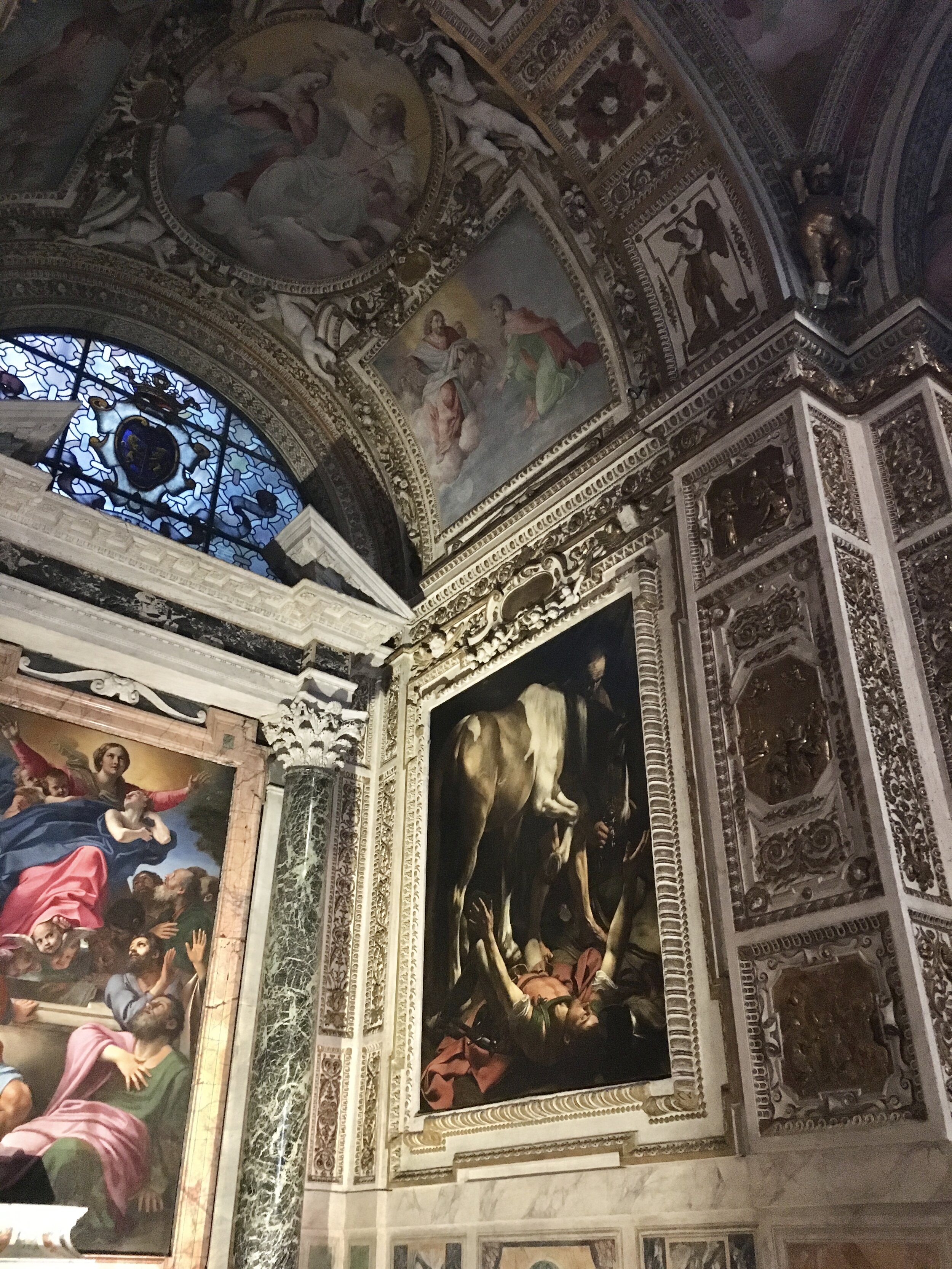Introduction to the city of Rome
Before I left Rome to take a sabbatical (and create this website!), panic set in. I know my feelings about the eternal city are not always healthy. I feel an insatiable overwhelming possessiveness over Rome. I feel jealous, covetous, protective when I hear other people talking about her. This does not mean I do not read voraciously about her OR respect the opinions of knowledgeable scholars, friends and Romans (according to legend, it takes sette generazioni, or seven generations of family from Rome to make a true Roman). I do all of the above, and I try very hard to keep my base instincts in check. I endeavor to consult a variety of resources, and one of the books I picked up in the Feltinelli bookshop before leaving for my sabbatical truly helped me engage more profoundly with a city that one can never know well enough. The book is The Rome Guide by Mauro Lucentini.
I read it cover to cover, all 730 pages, made annotations, and took long excursions spanning the city to visit churches, monuments, streets and ruins that I had not seen before. The book can be used in diverse ways, however, in order to suit your needs. I will not provide a full book review here, but it is an endorsement. In some ways, I modeled my approach for this website on Lucentini’s book. His book is essentially a travel guide; however, he includes explicit historical information for each site in a synthesized and comprehensive way. Lucentini does not include any restaurants or very much contemporary culture, however, and this is where my approach differs.
Still, I realized for a number of years, I had developed my own tourist track in Rome, albeit somewhat off the beaten track. I habitually stopped into Santa Maria del Popolo to pay homage to the Cerasi chapel, home of Carravaggio’s Conversion of Saint Paul before heading across the piazza and down the Via Del Corso. Before reaching Campo dei Fiori and onwards across the Ponte Sisto towards Trastevere, I would briefly visit Sant’Andrea Della Valle, not truly ‘unknown’ of course, as the Baroque church is featured in the first act of the opera Tosca by Puccini, and architecturally there are many important names and stories to relish.
My point is that I had become quite comfortable with the routes and the places, both religious and secular, where I would ramble in Rome. This glorious tome, love letter to 28 centuries of history in the city of the world, challenged me. I visited at least 200 new churches, and I have more on my lists, of course. Visiting hundreds of sites recommended by Lucentini involved full days of marathon length walks from one church to another. In fact, the guide is organized into walks by area of Rome. (I combined his walks to cover more territory in one day.) The experience was sheer bliss. The rounded ‘900’ is often quoted as the number of churches in the city of Rome. I have made a valiant effort thus far, but I still have more of them to see. As ‘Rome wasn’t built in a day’ it cannot be explored fully in a lifetime.
Rome, caput mundi (capitol of the world), where all roads lead, the eternal, where you must do as the Romans, Urbs Sacra (sacred city), city of seven hills, Roma Lupa (she-wolf), and as one of my favorite American authors, Nathaniel Hawthorne, stated, “the city of all time, and of all the world.” And my favorite of all time, Lord Byron, stated, “Oh Rome! My country! City of the soul!” as mentioned.
The city of Rome is all consuming, yet, moving beyond the confines of the expansive capital, you will find that the region is also worthy of exploration. For Rome, I have chosen the largest number of recommendations, 10 restaurants, 10 bars 10 spots in Rome and 10 regional features. As I channel Byron in my feelings of overwhelming love but anxiety (how does any self-aware person begin to write about “the city of all time”?) Let me leave the philosophical and turn to the practical. This city speaks for herself, but I can certainly direct you to some memorable places from which you can listen.





